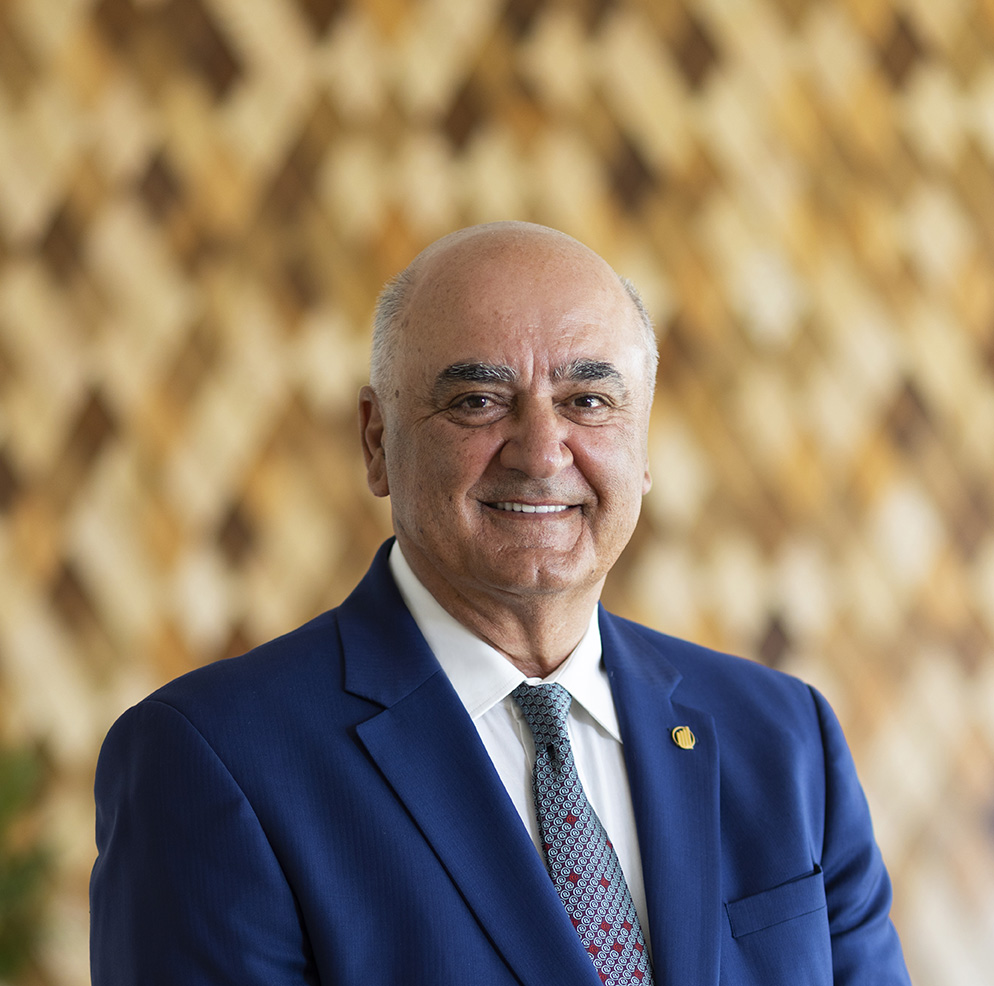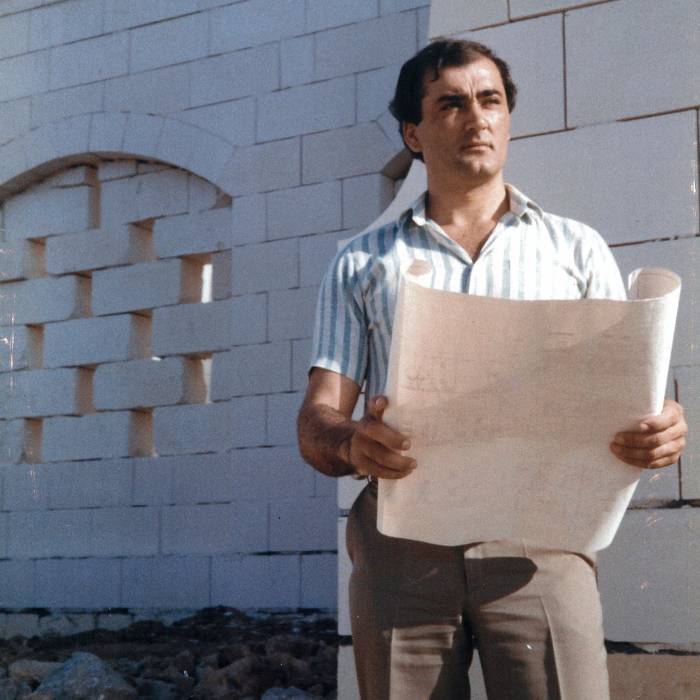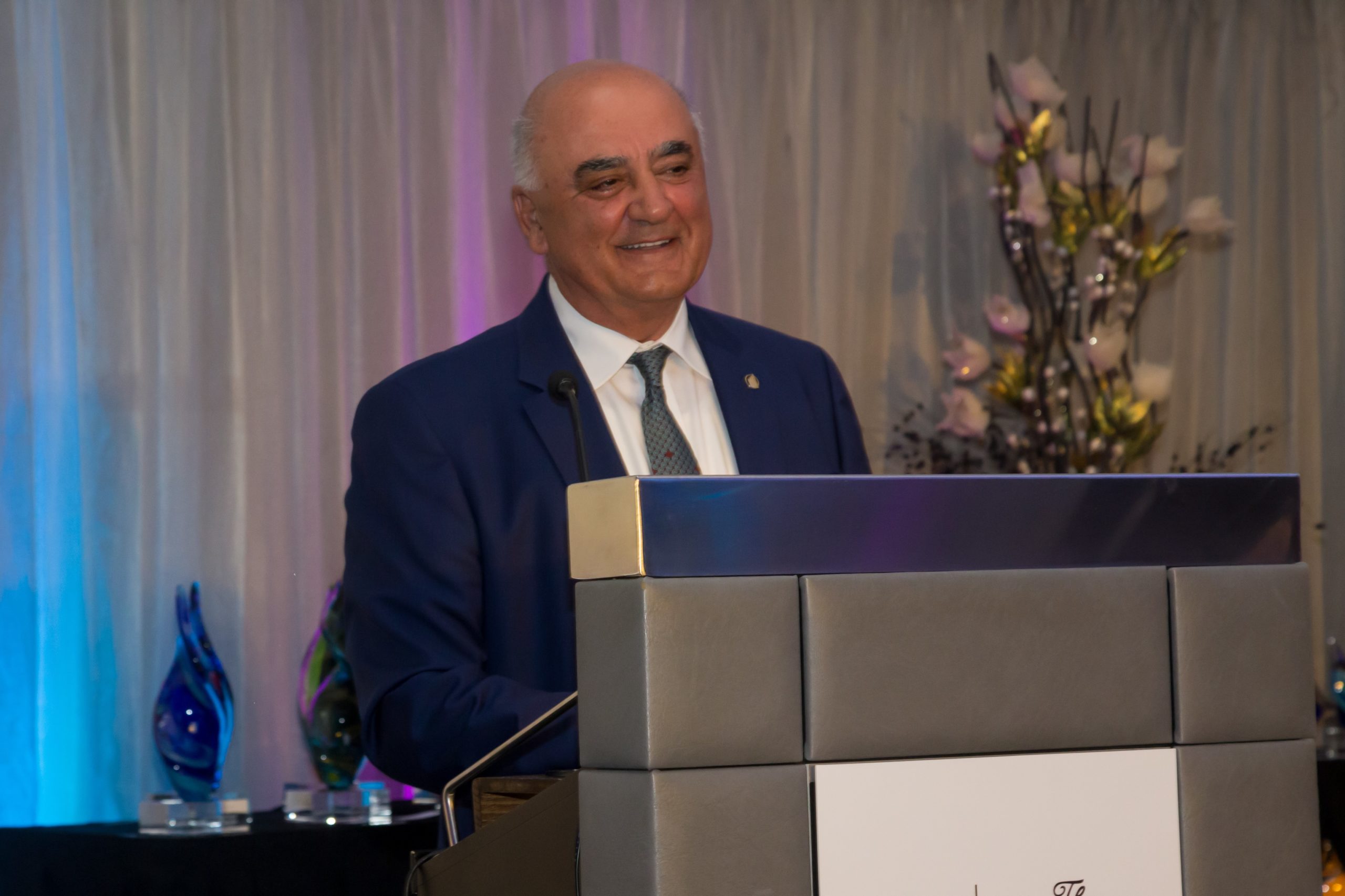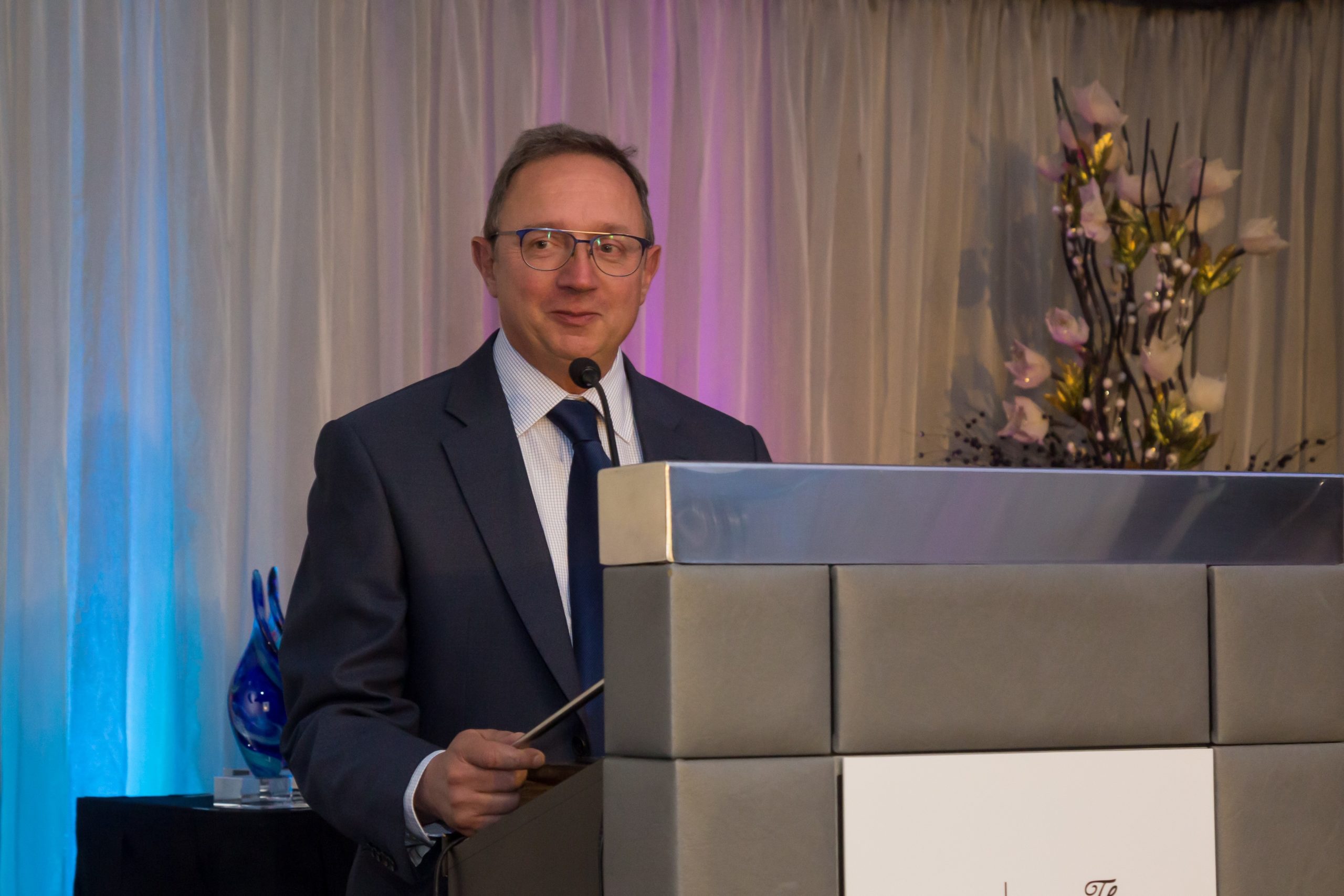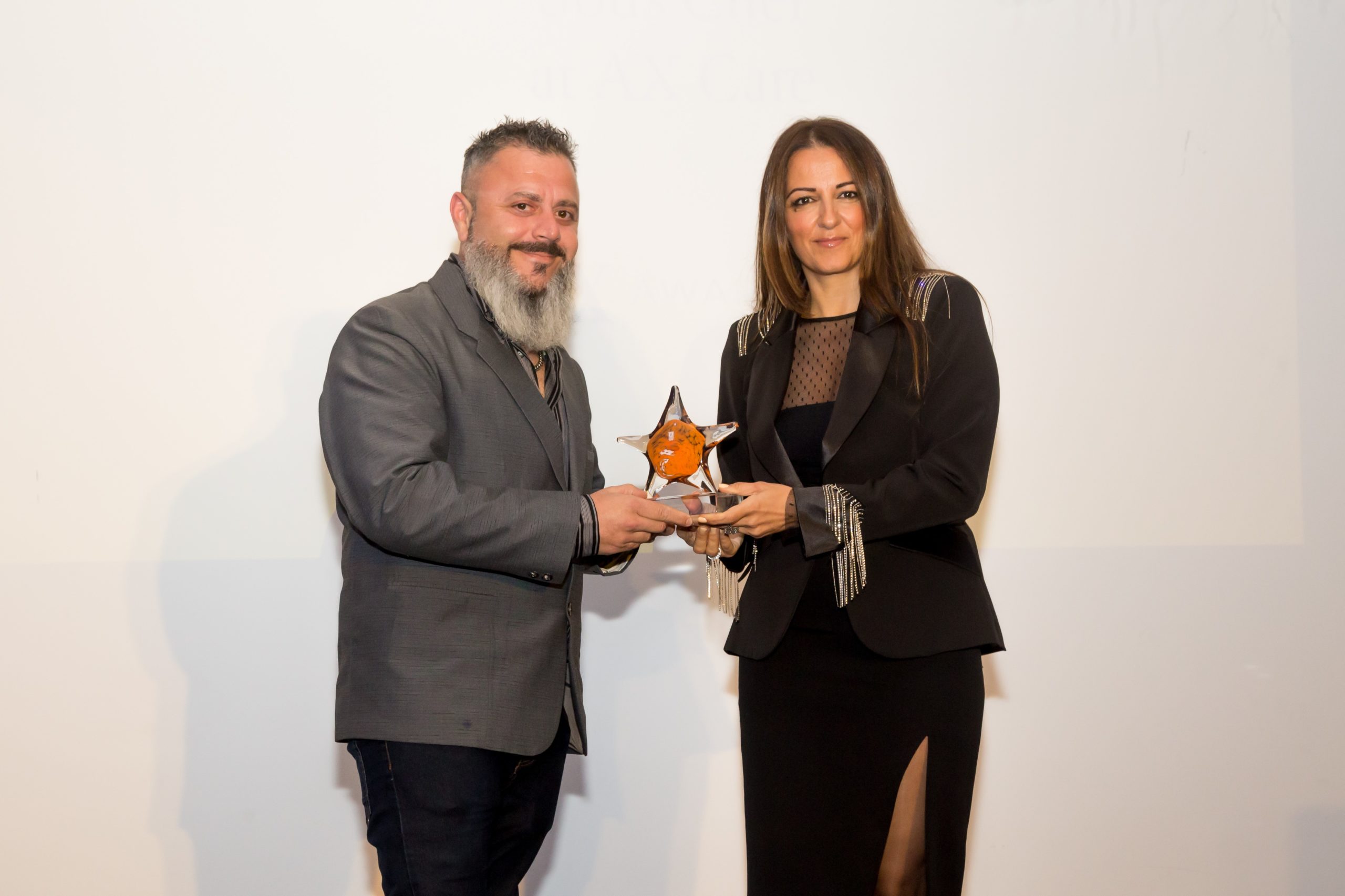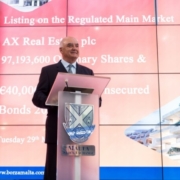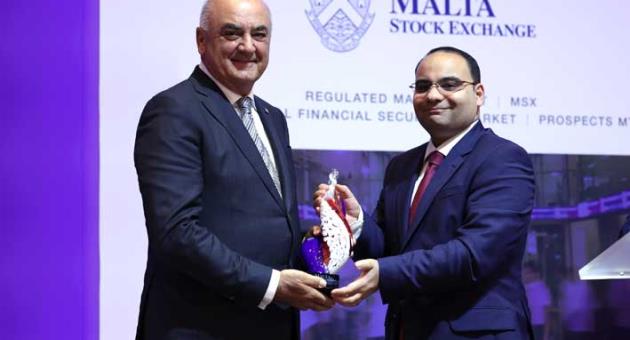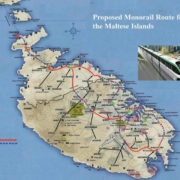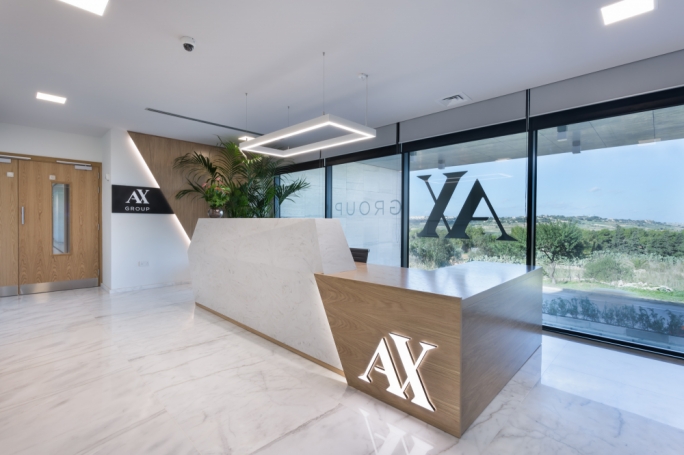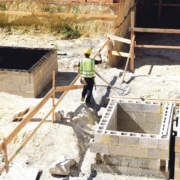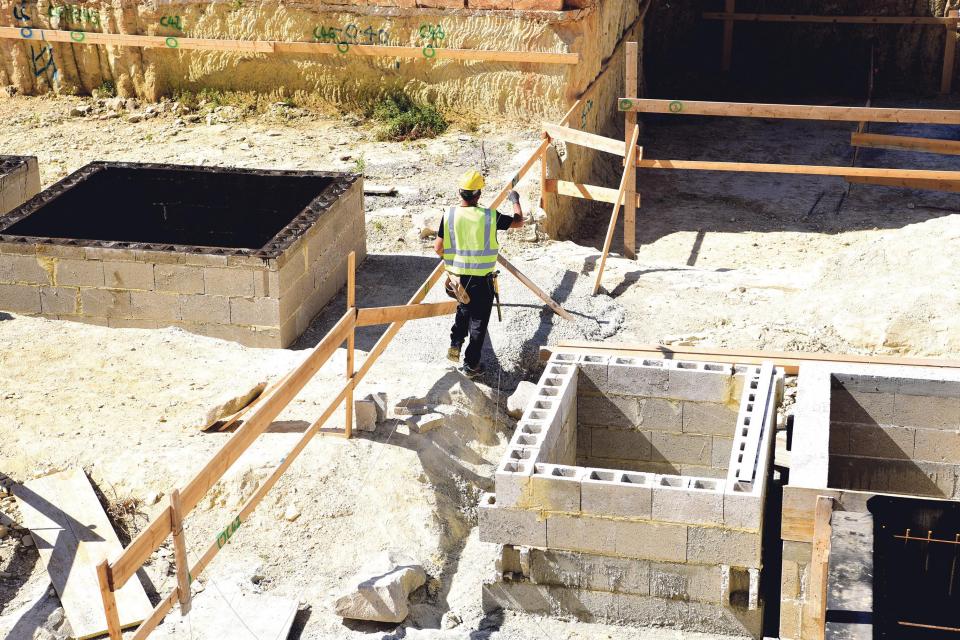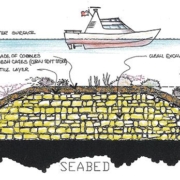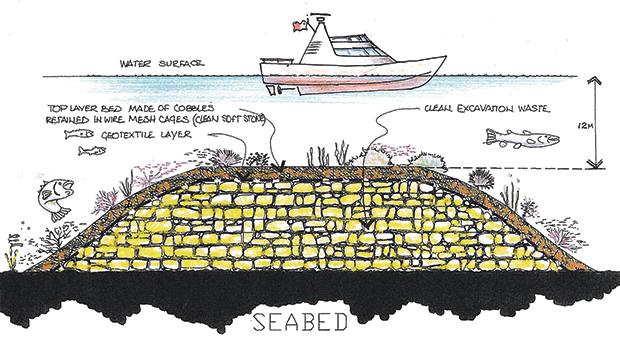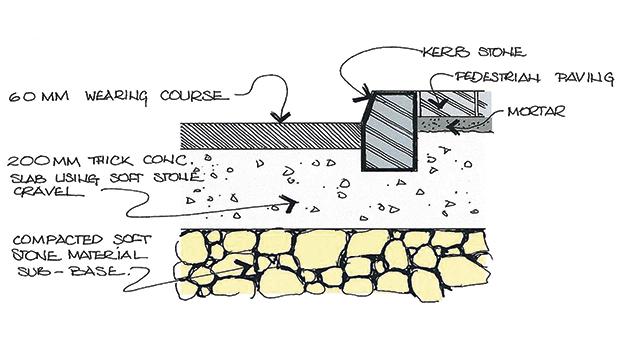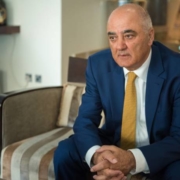ANGELO XUEREB, winner of EY’s ‘Malta Entrepreneur of the Year’ award, has literally carved out a construction empire out of Malta’s living rock. But after 35 years in the development sector, he is close to giving up on his most ambitious project yet: a ‘masterplan for the Maltese islands’
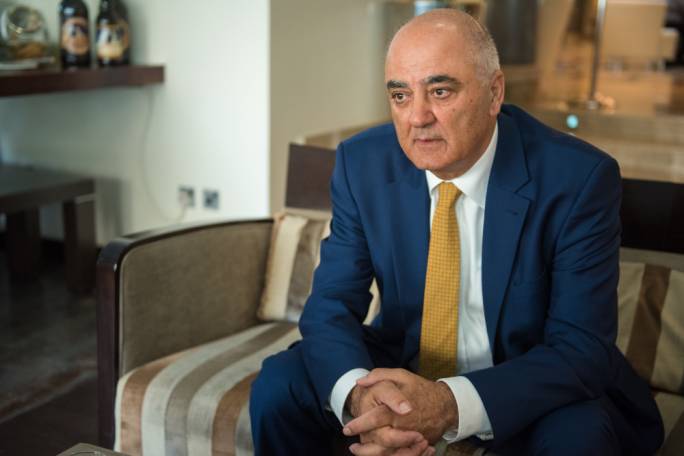
You have been involved in Malta’s development sector since the mid-1970s. Malta was a very different country back then… and the industry you are part of has likewise changed enormously in the last 40 years. What would you say were the biggest differences between Malta when you started out, and Malta today?
A lot has changed, but in one respect things have always been roughly the same. Unfortunately, the business runs according to the politicians. You can’t do anything without a policy put into place by the government of the day. You mentioned when I started out, in the 1970s and early 1980s. That was a really tough time. Government was nationalising private banks – Scicluna’s bank, Barclays, BICAL, Tagliaferro… all of them were nationalised. The supply of fuel was also being nationalised; and big family businesses were being systematically attacked.
As for myself, I was not even 30 years of age, already building the largest hotel on the island [Suncrest] – the largest private investment in Malta, at the time – and… all hell broke loose. When they realised, they said: ‘What the hell? Who is this guy?’ There they were, trying to control the private sector… and here was ‘this guy’ – me – making the largest investment ever in a private project. They tried to kill me, in many ways. But that was one era.
Then, when there was a change of government and when the Nationalists took over [in 1987], there was a change in policy. Eddie Fenech Adami was totally in favour of the private sector. I was already all geared up; and that gave me a boost. I should mention that, in the Mintoff years, many private businesses folded up altogether: took their money, and deposited it overseas, in tax havens, etc. And even after the change of government, many didn’t want to get back into business. But in my case, I was geared up, and that was a big advantage for me. In fact, at one time I was generating 1% of the GDP, on my own. But then again, the economy was small…
Another possible difference is that there was a lot less awareness about the environment 35 years ago. The Planning Authority had yet to be set up, the construction boom of the early 1990s had yet to happen, and people in general were less demanding when it came to environmental protection and conservation of heritage. How have these affected the way you work?
The Planning Authority… you know how it is. Some people hate it, some people love it. But yes, we are definitely more conscious about the environment today; and that is the way it should be. I fully support it. But sometimes environmental NGOs do go overboard… they sometimes object to small things, not always on the basis of facts. That is what hurts the developer. Don’t get me wrong, I am supportive of many NGOs. They are doing a good job. One thing I have learnt, however, is that governments concentrate primarily on votes. So if there is a particular project, and the NGOs put a lot of pressure… government will often give in…
Malta is small. In such a small place, you will have objectors, no matter what you do. Ultimately what we need is a plan for sustainable development
But doesn’t that work both ways? For example: last week, NGOs disrupted a PA board meeting to protest against a permit being granted. The Malta Developer’s Association described that as ‘unfair pressure’ on the PA. Yet developers also apply pressure on the PA (as well as, separately, on government) in the opposite direction. MDA chair Sandro Chetcuti even likened the two political parties to a ‘supermarket for developers…’ Wouldn’t you say that developers ‘pressure’ the authorities, too?
If you look at it that way… there is some truth to it, yes. The MDA pushes for more development; environmentalists push for the environment. But Malta is small. In such a small place, you will have objectors, no matter what you do. Ultimately what we need is a plan for sustainable development. I very strongly believe there is a way to achieve sustainable development in this country; but it has to be through dialogue. We need to talk. Take the example of petrol stations – I’m not involved at all, as you may already know. The NGOs protest against petrol stations in ODZ? OK, they may very well have a point. So, let’s sit down, and try and find a solution. I think nobody agrees with having a potential bomb – a petrol station – in the middle of a village. They need to move out. Somehow, we have to find a way to do this…
There is, however, more to the argument than just that. Permits are being given for ODZ petrol stations just 50 metres away from existing stations on the same road… at a time when the fuel stations policy is still being discussed…
Fair enough: that is also a valid point. And there are others: where I disagree personally is that, if we’re going to build a new petrol station, then we should also close the one in the middle of a town or village. Not have both at the same time…
But that only brings us back to your earlier point about sustainable development. You said that this is possible; yet everyday experience shows that decisions are being taken with disregard for existing policies. We talk about the need for a ‘masterplan’, for instance – yet we still give out permits for mega-projects without any masterplan in place. How can that be ‘sustainable’?
[Sighs] I’ve been talking about the need for a masterplan for so long now that… look behind you: do you see all those box-files? I believe in a masterplan so strongly, that I’ve started making one myself. A masterplan for the Maltese islands. I’ve written so many articles about it… in fact I’ve stopped writing articles now. Because we talk and talk, but nothing ever happens. Even Frank Salt came to the same conclusion. In an article last Sunday, he said he’s fed up, and not writing anymore. Same with me. Why on earth waste so much energy writing and writing, when no one pays any attention? It’s ridiculous. So, no more articles. From now on, I’ll work on a masterplan instead…
Out of curiosity: what aspect of Malta’s infrastructure would your masterplan deal with first?
For example: one major issue is going to concern waste. Where are we going to dump all the construction waste? Never mind municipal waste for now. There are solutions for that. I won’t say ‘incinerator’, because that only gets misunderstood. One way to go about it would be ‘gasification’: converting municipality into energy. I think that’s the only solution. We don’t have the space for a new landfill. Even the one we have is close to its maximum limit. In five years’ time, we won’t have anywhere to dump either municipal or construction waste. But even when it comes to just construction waste: we call it C&D waste – ‘construction and demolition’. Why are we mixing those two types of waste together? They are two separate things. One is the result of excavation – basically, rock… clean, inert material.
That’s a resource. And then, you have demolition waste, which is not ‘clean’ in that sense – there will be wires, and other materials. That accounts for 10% of all C&D waste. The remaining 90% is excavation waste. So, let us leave at least one or two quarries where we can dump demolition waste… but let us find solutions so that we can re-use the clean, inert material. One use is very simple. Our roads are all slippery… because they’re using the wrong mix. Abroad, when you drive on the motorway, it could be raining cats and dogs… but you still have a good grip on the road.
In Malta, your car starts swerving about like Cinderella. Why? Because we’re using the wrong mix. The base is soft tarmac, made locally; and on top we put a layer of good-quality gravel imported from overseas. But with the weight of trucks, and the heat, what happens is that after five years, the good-quality gravel filters downwards into the soft tarmac beneath… and the bitumen rises to the surface. That’s why all our roads become slippery after five years. So why not use crushed excavation waste to make a solid base of concrete? I’ve tested it. Using crushed stone waste instead of gravel, you can achieve 50% more strength than normal concrete… I did it myself, so I know it can be done.
You have often made similar suggestions in press articles, yet (by your own earlier admission) nothing seems to have come of it. Do you have any reason to believe the reaction to your masterplan will be any different? And if not… why even bother in the first place?
Because I love construction, I love development, and I love sustainable development above all. All the articles I’ve written over the past 35 years or so… some of the ideas were implemented, some were not. For me, however, they were just common sense…
Something like a mass transit system would take 20 years. But that’s because they’re not consulting, for example… me. I can do it in five years…
One example that is worth mentioning today – because so much has happened in the sector in the meantime – is public transport. In 2014, you presented a ‘Masterplan for Traffic and an Integrated Public Transport system’. There have been public transport reforms since then… but traffic in general appears to have deteriorated alarmingly. Do you still think your own plan would have done a better job? And why do you think your suggestions (among others, for a ‘mass elevated and underground transport system’) were ignored?
[Shrugs] Do we always ignore practical suggestions, and go for impractical ones instead? Now, for instance, we are once again talking about a tunnel between Malta and Gozo. To me, that’s crazy. We’re going to kill Gozo. Would you go to Gozo, just to end up in traffic jams there as well? That’s not why people go to Gozo. If it happens, they’ll just go to Sicily instead. [Pause] Why? Why are we doing this? When I speak to Gozitans… they know I am against this project. But some of them are friends of mine; we talk frankly. I tell them: ‘Do you want more cars in Gozo?’ They say: ‘No.’ ‘So why do you want a tunnel?’ ‘Because we wait too long [for the ferry].’
Well…to be fair they have a point, don’t they? Thousands of Gozitans need to travel to Malta every day for work, study, etc…
Yes, yes. I’m not denying it is a problem. But the solution should surely be… get faster ferries. Why does it have to take half an hour to cross the Gozo channel? A fast ferry, nowadays, can do it in five minutes. And it’s not just ferries, either. If there is one place where bendy-buses make sense, it would be to take passengers from Mgarr to Rabat [Gozo], where they can get taxis to anywhere in Gozo for E10… or a circular bus service. Same on the other side: a fast bus to Mosta, where there would be an interchange station. That would solve the problem of waiting…
Yet while the Gozo tunnel idea seems to be gaining ground… other innovative ideas (such as an underground train service) are constantly shot down before even being discussed. We still rely almost exclusively on buses for all our public transport needs. Why are we so adventurous with some infrastructural ideas, and so conservative in others?
Politicians are there for five years. Which, in practice, means that they can only ever plan for four years. The last year is election year: it’s all ‘votes, votes, votes’. Now: something like a mass transit system would take 20 years. But that’s because they’re not consulting, for example… me. I can do it in five years. At least, the first phase; then we expand as we go along. But you have to start with the first phase anyway. As to why we never consider more innovative ways… sooner or later we will have to.
If there’s one thing I’ve learnt, it’s that you can’t stop progress. That is an impossibility. Let me give you an example. In 1952, when they introduced machines to cut stone – as you can imagine, it’s much faster to cut stone with stone-cutting machines, than with chisels – the contractors who worked with chisels all went on strike. They wouldn’t accept it… because they couldn’t see the long-term benefits. And going even further back: when electricity was introduced to Malta, the paraffin vendors all objected. They went on strike, too. Did it stop electricity? […] It happened to me as well. When I built ‘Precast’ [in 1991] – the largest concrete factory in Malta – the soft-stone quarry owners all went on strike for three weeks. All quarries refused to supply anyone with stone… and if one quarry didn’t go along with the strike, it would be ransacked. They drove their big trucks all around Malta, hooting their loud horns… stopping outside Castille, where they knew there was a Cabinet meeting going on. [Imitates the sound of truck horns] Why? Because they thought that I was suddenly going to build houses ready-made. That houses would spring up, all ready to move into, and they would not be able to sell their stone anymore. I told them, ‘You’re crazy. All I’m going to build are columns, beams and slab. You can enclose it in stone, brick, whatever….’ That was in 1991, or thereabouts. Today, we’re still facing the same mentality. We’re not thinking outside the box… we’re not consulting the private sector. That irritates me…
